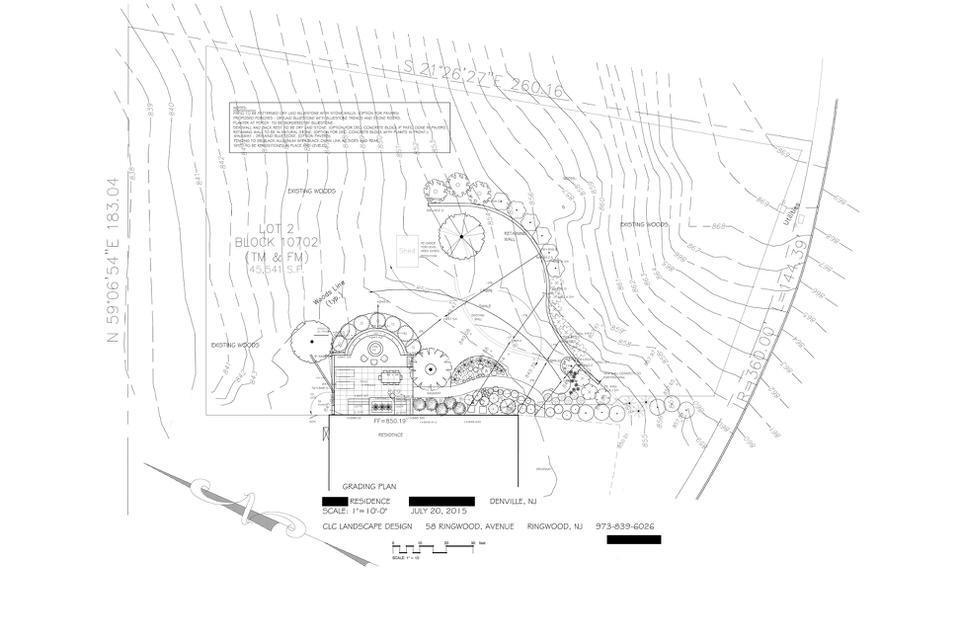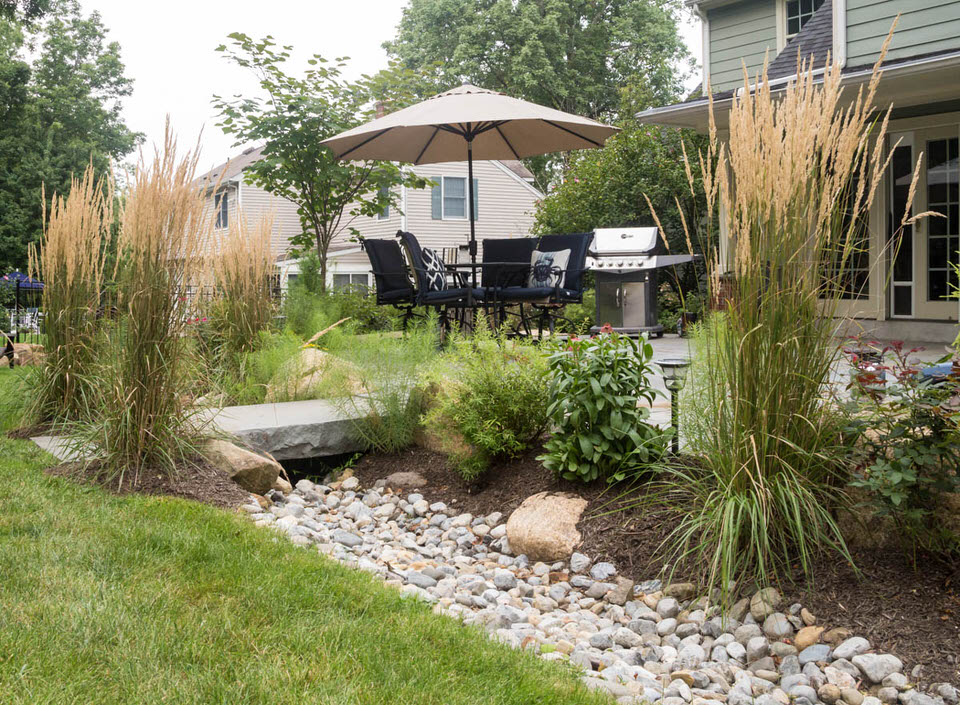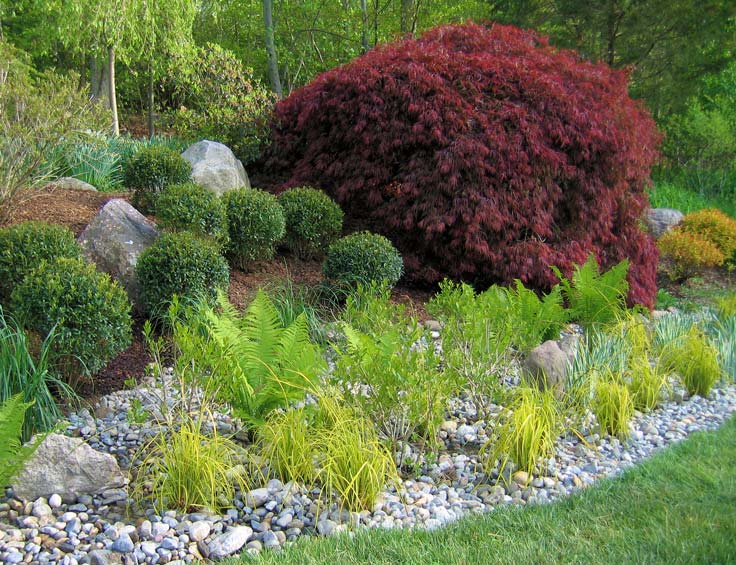Studies have shown that heavy downpours have been increasing nationally over the past three to five decades with the largest increases being seen in the Midwest and Northeast. These studies have shown that the heaviest rainfalls have increased in both frequency and heaviness. We understand the amount of time and money that many people pour (no pun intended) into their yards and the amount of frustration that comes with seeing it all washed down the drain (pun intended) during a heavy thunderstorm or hurricane. In order to protect your landscaping from these heavy rainstorms, we have put together some suggestions as to how you can stormproof your landscaping.
Please keep in mind that the focus of this article is storm specific water, not groundwater. The water we are concerned with is sheet flow, which is the visible water flowing across the surface of your yard. If you would like suggestions to deal with groundwater issues, we will be posting an article soon.
Grading
As a general rule, you want to deal with water on the surface. The best way to do this is by properly grading your property. On a properly graded property, all lawn areas are graded so that water flows around the house. The same applies to patios, driveways, walkways, and flower beds. They should all be graded, whenever possible, in a manner that allows the water to flow away from the house. When grading a lawn, try to avoid grading lawn areas to mulched beds whenever possible, as this will result in washouts during very heavy rainfalls. We understand that sometimes no better options are present, but if you have a better option, do it. Speaking of washouts, we recommend using hardwood bark mulch in your beds, as it will knit together to reduce erosion.
Drainage
In addition to general grading, we recommend constructing swales to deal with stormwater during heavy storms. A swale is defined as any depression in a landscape, existing or excavated, that redirects water. A swale actively collects water and directs it somewhere else. When considering a swale, it is important to direct the water to a safe area.
Even if your yard is perfectly landscaped and properly graded, it doesn’t mean your neighbor’s yard is as well. Oftentimes, a neighbor’s property may be naturally graded in such a way that the sheet flow will flow onto your property. Ideally, we recommend identifying these potential entry points from a neighbor’s property and dealing with them before the water runs onto your property. To deal with these areas, we often build a berm / swale combination. The berm creates an extra layer of protection in the event that the sheet flow is so heavy that is quickly fills the swale and continues running across it.
Collect Water At Low Points
Although the most effective way to stormproof your landscaping is through proper grading and drainage, collecting water at low points in your yard is another viable option. This method entails dealing with stormwater through drains and pipes. You can have a drain installed at a low point in your yard where water will pool and then use pipes to have the water flow somewhere else using gravity. This is a perfectly acceptable solution for stormproofing your yard, but there are two problems with drains worth mentioning. First, it is important to make sure that the pipe is big enough to handle the volume of water in a heavy storm. During very heavy rainfall, the pipe may not be able to move the water quickly enough which will cause the water to back up and flow across your yard. Secondly, leaves and sticks will often get blown around during a heavy storm and may cover the drain. If this happens, the drain will fail and the water will have nowhere to go.
Another option for dealing with water at low points is to install a rain garden or two. A rain garden is a depression that is generally planted with hardy, native perennials where water is drained and filtered back into the ground. A rain garden allows approximately 30% more water to soak into the ground than a lawn. Rain gardens should be built with the understanding that during heavy storms they will not drain quickly enough and thus built to allow for this overflow. This is one reason why it’s important to have proper grading and drainage.
Dry Wells
If none of these options are feasible for your yard, you could consider installing dry wells in order to stormproof your landscaping. A dry well is an underground structure that passively collects water through gravity and disposes of water by allowing the water to dissipate into the ground. If going this route, we recommend erring on the side of caution. Plan on installing more dry wells than you think you will need so that they can accommodate the biggest of storms.
Although a homeowner can take some of these measures on his or her own, we recommend consulting a landscaping professional to best stormproof your landscaping. Landscape architects and civil engineers are trained in dealing with stormwater and are experts in creating grading and drainage plans.








